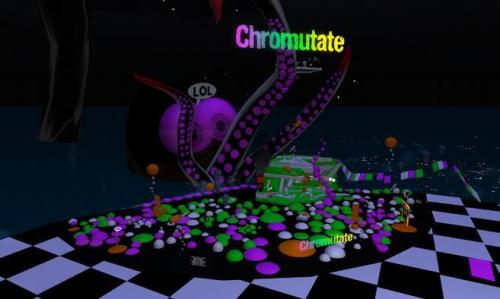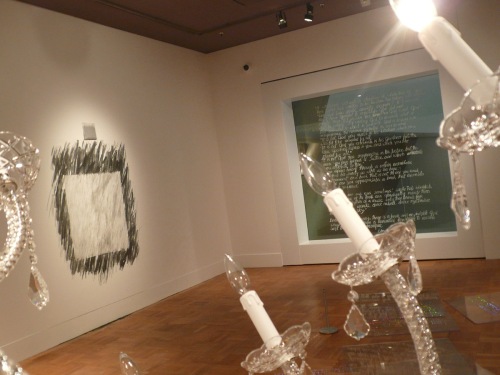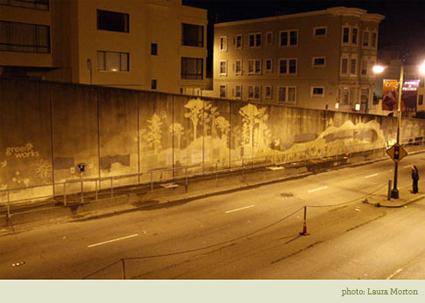COME UP TO MY ROOM – Jan 21 – 24, 2010 at the Gladstone Hotel, 1214 Queen Street West, Toronto
COME UP TO MY ROOM (CUTMR) is the Gladstone’s annual alternative design show that incorporates the myriad creators of design: architects, sculptors, writers, textile artists, print makers, new media artists and all those with a desire to create an intellectual playground.
The Curatorial Collective of the 2010 show used design as a means to converse, connect and collaborate – through its own phenomenology. The show seemed more universal this year with a dream theme weaved throughout. However, I concentrate below on Room 214 – Recent Departures by Work/Party Collective: chris braden, mike dudek, paul kawai, liam johnstone, ayla newhouse and emma wright.
Departures need not be sad, for they are simply the beginning of an arrival.
Work/Party is self-described as a loose collective, occasionally pulled together when the stars are perfectly aligned. Over the last few years they have stumbled, crawled and leapt out of art and design school.
The engineers of the future will be poets.
Departures explores the remains of a lost community. Their journey from Earth in search of G-581 ended when their ship exploded. All that was left were their belongings, strewn about the Pacific.”
The tragedy began long before the computer and the cell phone.
Recent Departures is a collection of artefacts from the Project G-581 disaster. The objects on display are pieces to a puzzle:
…strange customs of the human race, the new american etiquette, fired up ipod, 1960s playboy,
defunct passports, apple screen (intact), bottle of scotch…

Photo by Andrea Carson
The belongings left behind are glimpses into their lives but do they provide answers? According to the artists, “The ride does not require explanation, just occupants.”
This installation addresses a modern problem – one whose answer still lies in the future.
Godspeed,






















